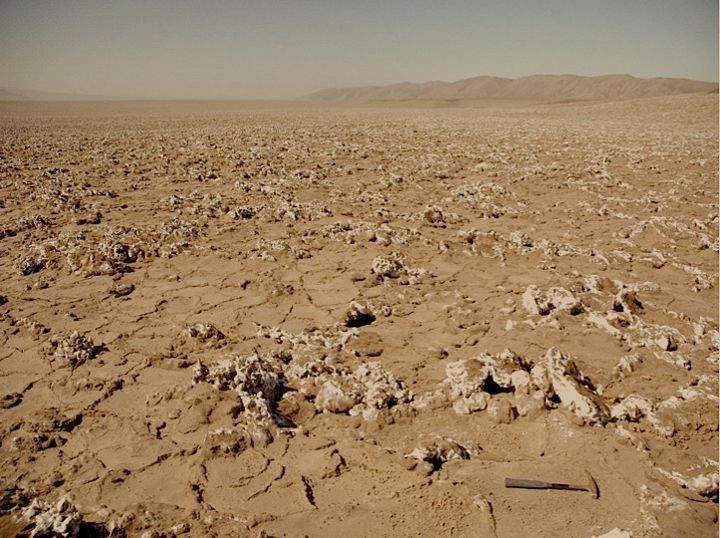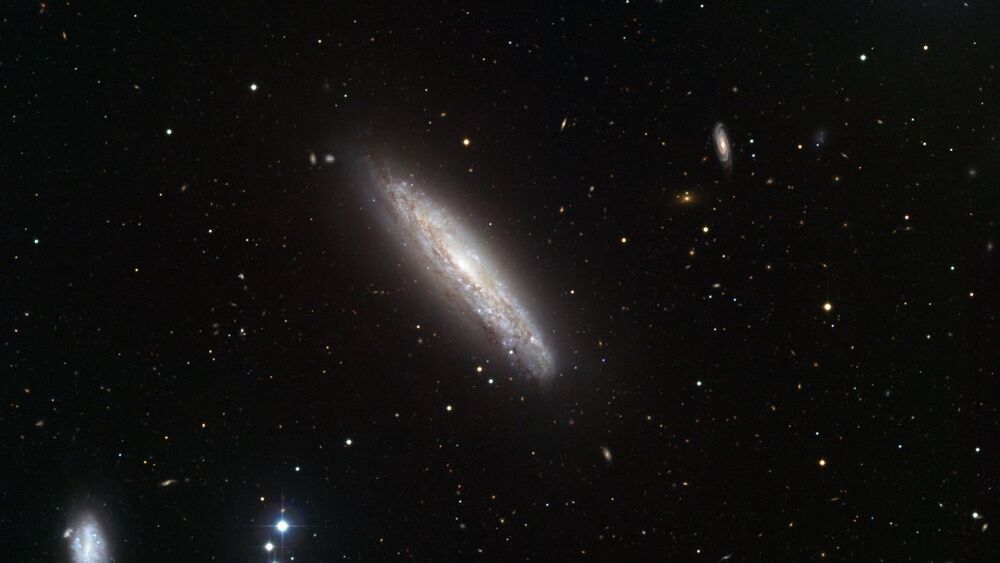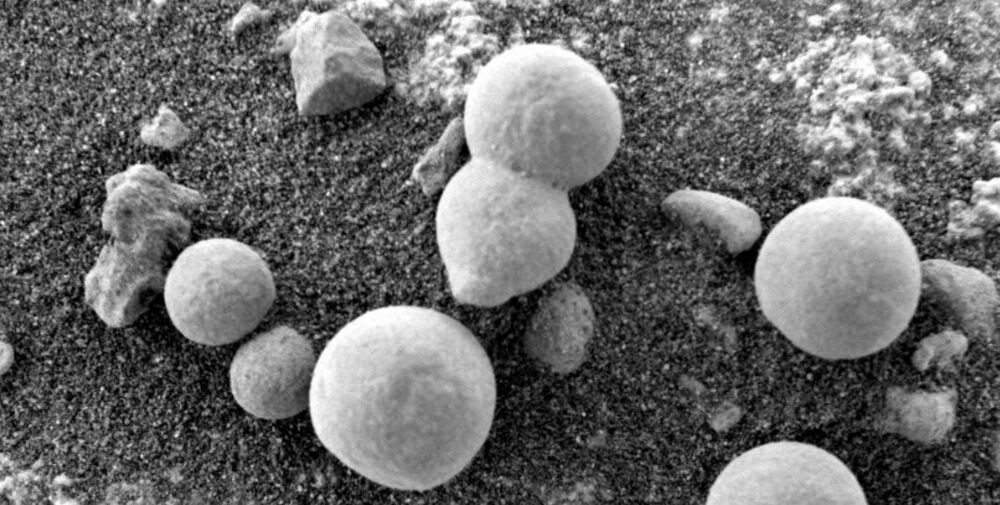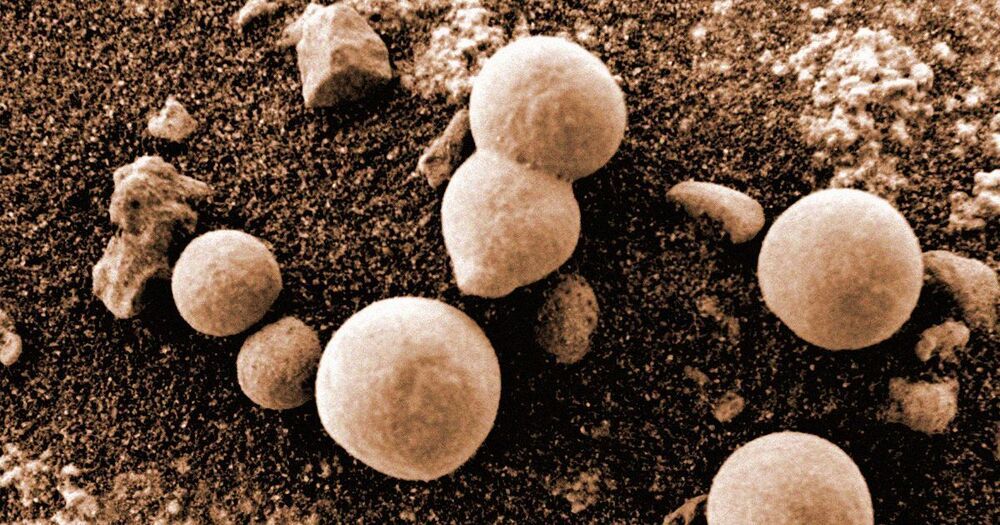Researchers from University of Copenhagen have investigated what happened to a specific kind of plasma—the first matter ever to be present—during the first microsecond of Big Bang. Their findings provide a piece of the puzzle to the evolution of the universe, as we know it today.
About 14 billion years ago, our universe changed from being a lot hotter and denser to expanding radically—a process that scientists have named the Big Bang.
And even though we know that this fast expansion created particles, atoms, stars, galaxies and life as we know it today, the details of how it all happened are still unknown.







